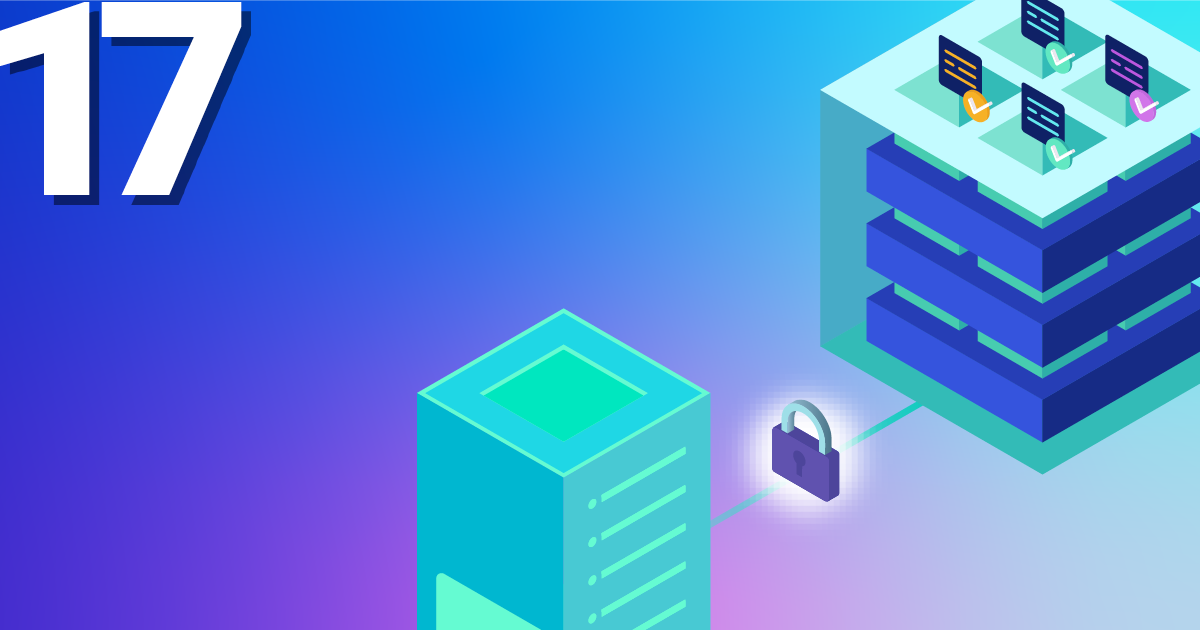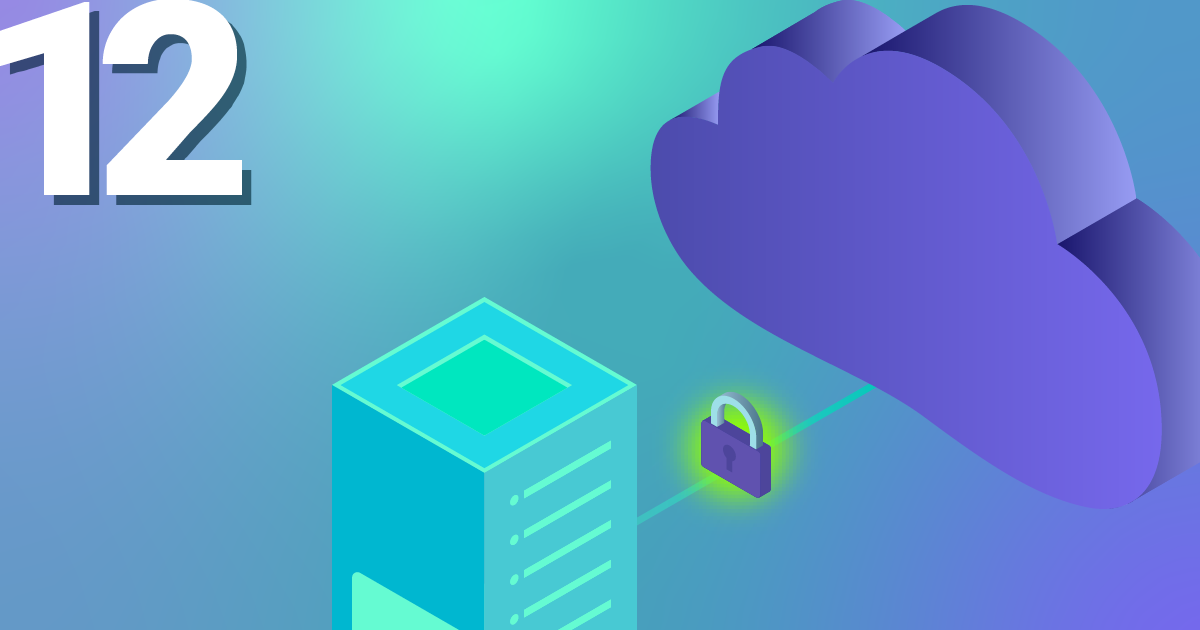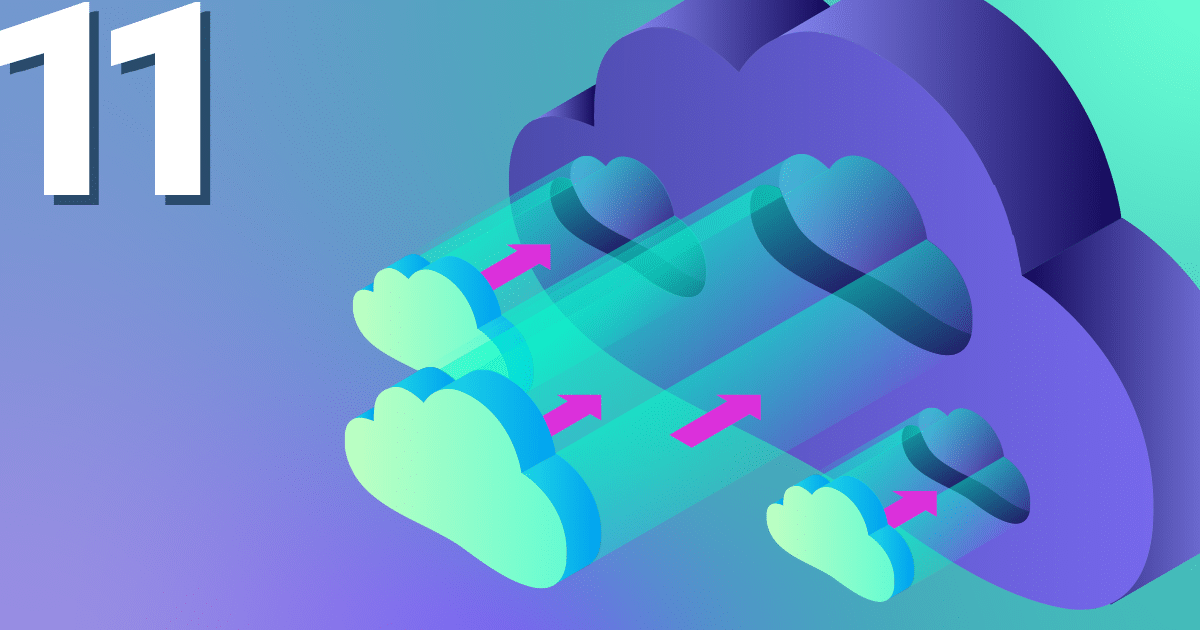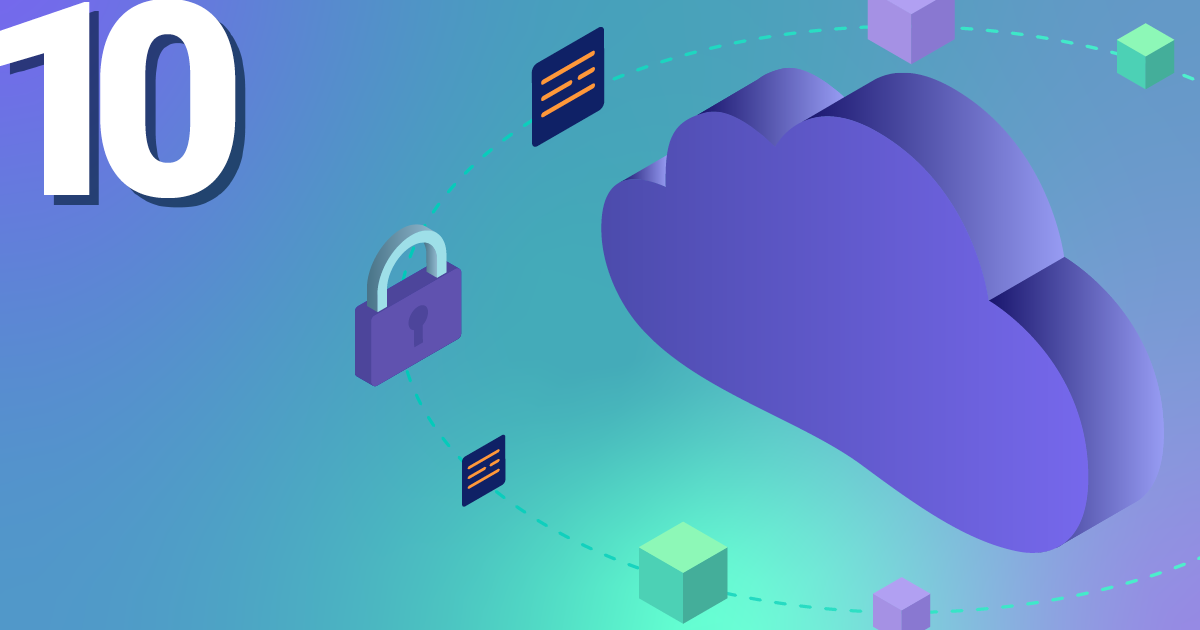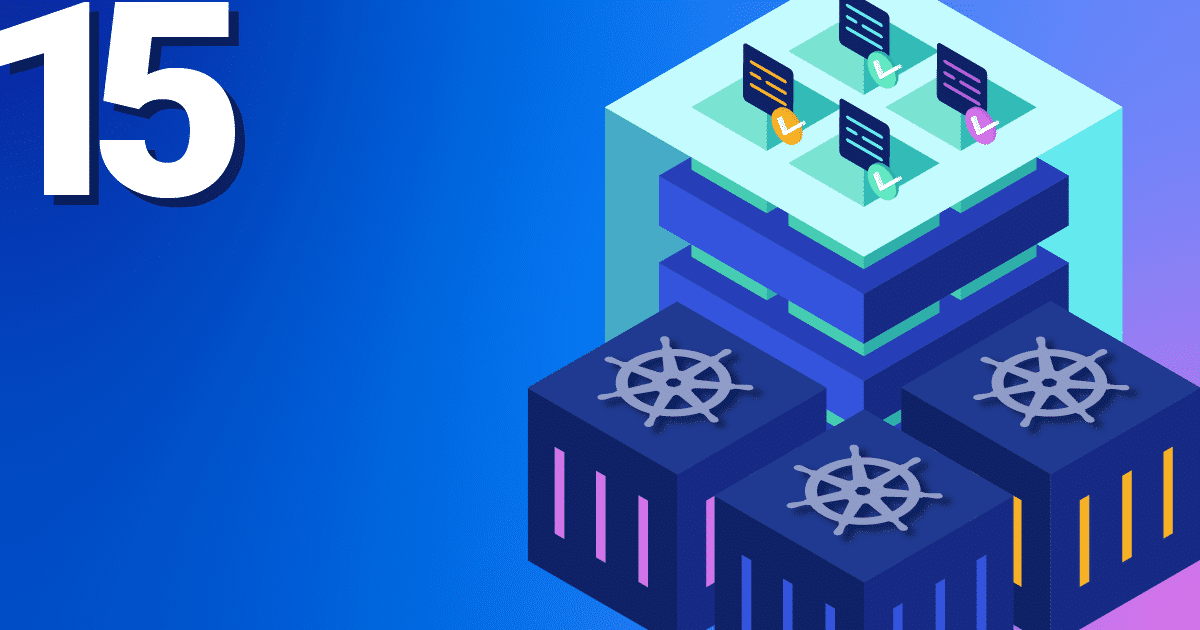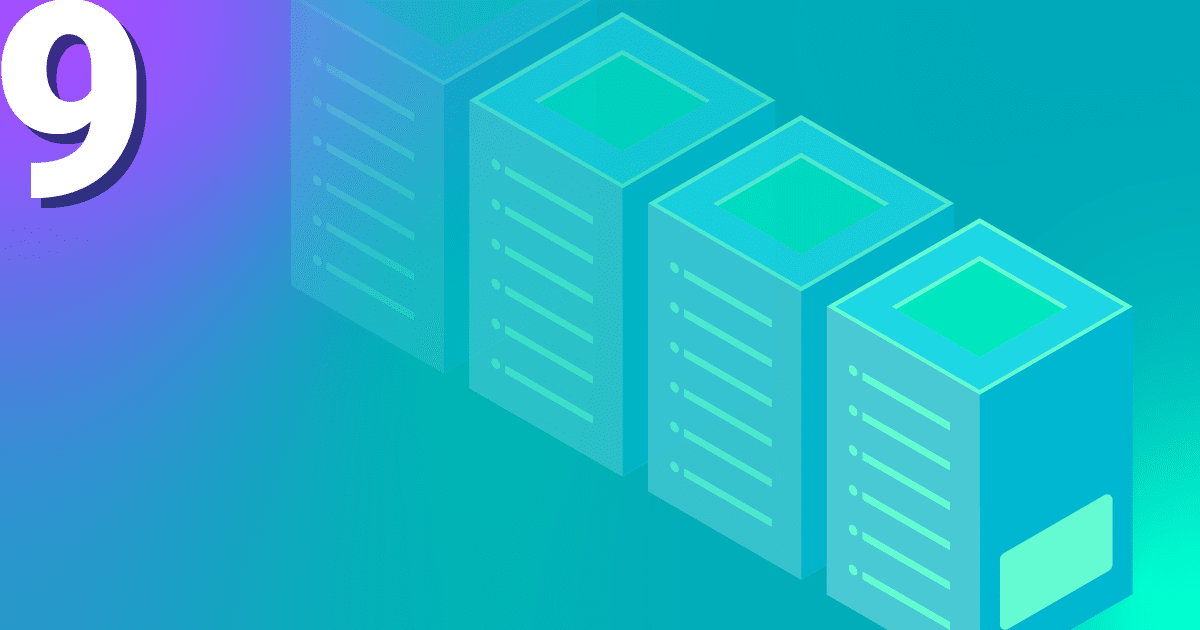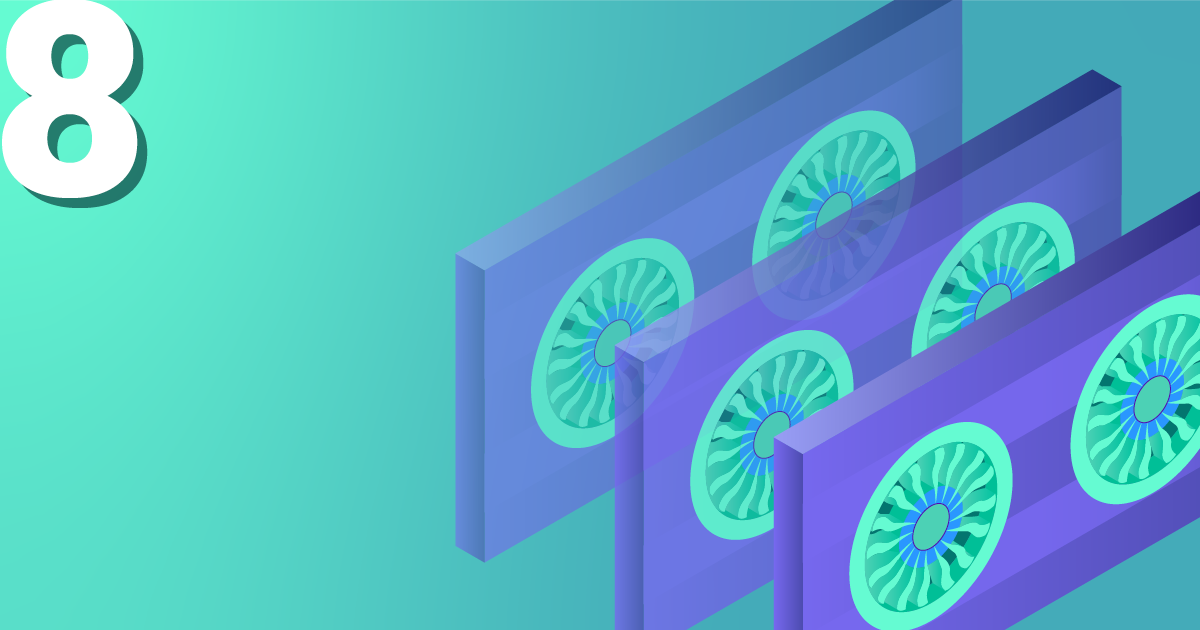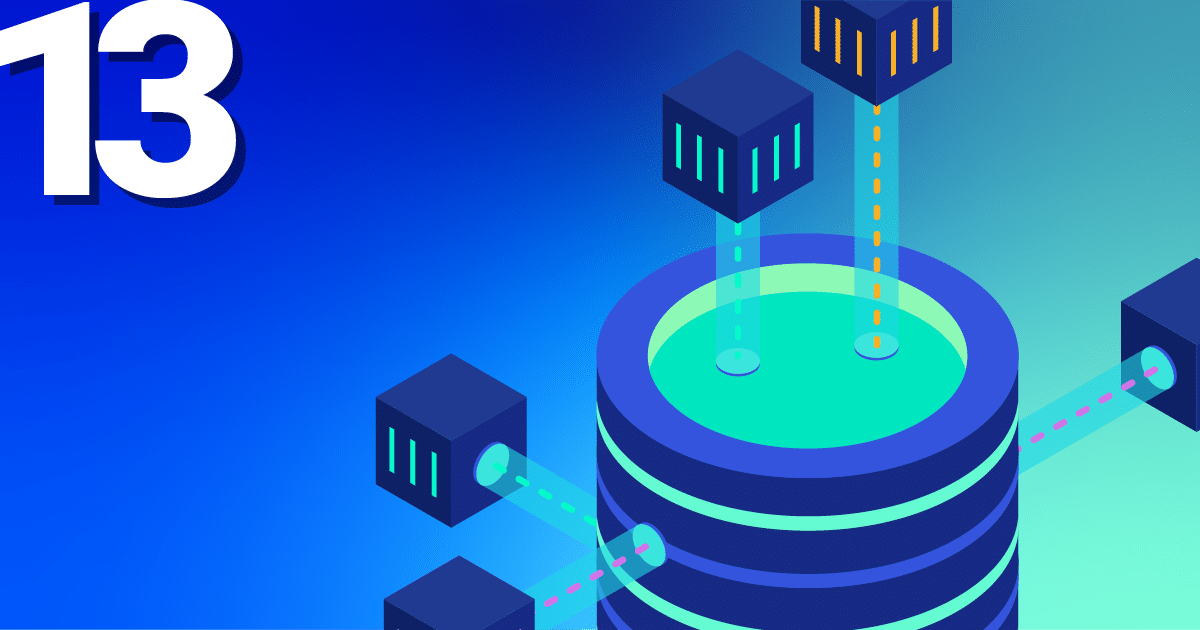The NETWAYS group offers a wide range of services and products for setting up, managing, automating, and monitoring IT infrastructures in the OpenSource domain. We operate a hardware store, provide training, organize conferences, offer operational support, and advise customers on challenges related to automating and monitoring their on-premises systems. Furthermore, we have successfully established ourselves as a leading cloud provider in the German market through our NETWAYS Web Services.
As we embark on our NETWAYS Cloud tutorial series, we will initially focus on addressing the fundamental aspects and the very basic questions.
What do we actually do as a cloud provider?
As a cloud provider, we offer you flexible cloud services. The fundamental idea revolves around the virtualization of computer resources. These are subsequently provided to our customers as a service in the form of servers, data storage or applications. Mostly accessible via Internet, these resources can be utilized independently of the device. This therefore requires an IT infrastructure on our side, consisting of hardware (i.e. servers), virtualization, storage and network components.
We utilize two ISO27001-certified data centers located in Nuremberg for our hardware needs, which are managed by our trusted partners. Each of our data centers operates autonomously, with its dedicated infrastructure that includes firewalls, load balancers, switches, and other essential components. Both are redundantly connected to each other with 10,000 MBit/s via fiber optics, so that in case of problems a failover to the other location can take place.
All availability zones and locations are therefore in Germany and are GDPR-compliant. We take a maximally transparent approach to data protection and security: you can view our TOMs, AVV, the list of all subcontractors and all GTCs here and find out that your data is in good hands with us.
What is our NETWAYS Cloud based on?
We utilize the OpenStack software project as the foundation for our cloud computing architecture. OpenStack, a continuously evolving Open Source initiative, is backed by prominent companies such as SUSE, Linux, and HP. Originally launched by Rackspace and NASA, OpenStack consists of individual software elements (Nova, Keystone, Glance, Neutron, Cinder, Swift, Horizon) that empower the creation of a network-based cloud platform. With its extensive range of functions, OpenStack serves as a comprehensive cloud operating system.
As the name OpenStack suggests, the source code is freely accessible and thus promises transparency and security. People can make changes to the code themselves to adapt it to their own requirements. In addition, the huge community ensures that new innovations are constantly being driven forward.
Since we only use standardized OpenStack interfaces for our NETWAYS Cloud, there is no risk of vendor lock-in for you. This means that you can easily migrate your company data if necessary, which makes it possible to switch providers at any time.
What are your benefits?
A weighty argument is the point of flexibility. You simply don’t have to invest in your own hardware. Continuous attention is required to maintain, upgrade, or completely replace the hardware, resulting in the expenditure of time and, ultimately, financial resources. This whole procedure is eliminated when you run cloud computing on our NETWAYS Cloud. With just a few clicks you can start the desired VMs in the appropriate size via our web interface. In case you run out of storage space or need more power on your VMs – no problem: You can freely scale up and down your resources at any time. And if you no longer need a VM, you can simply delete it to reduce costs.
Additionally there are no contract periods coming with our NETWAYS Cloud and there are no flat rates with us either. Billing is based on the pay-as-you-go principle. At the end of the month, you are only charged for the resources that were used for your setup.
Another important argument in favor of our NETWAYS Cloud is our MyEngineer support service. Of course, you could use our cloud as a pure Infrastructure as a Service and take care of setup and maintenance by yourself. Alternatively, you can also hand over these tasks to our MyEngineer support service. Our colleagues will discuss upcoming tasks with you and take care of their execution.
You get help when you ask for it – 24/7, and if you don’t need support, there’s no charge.

